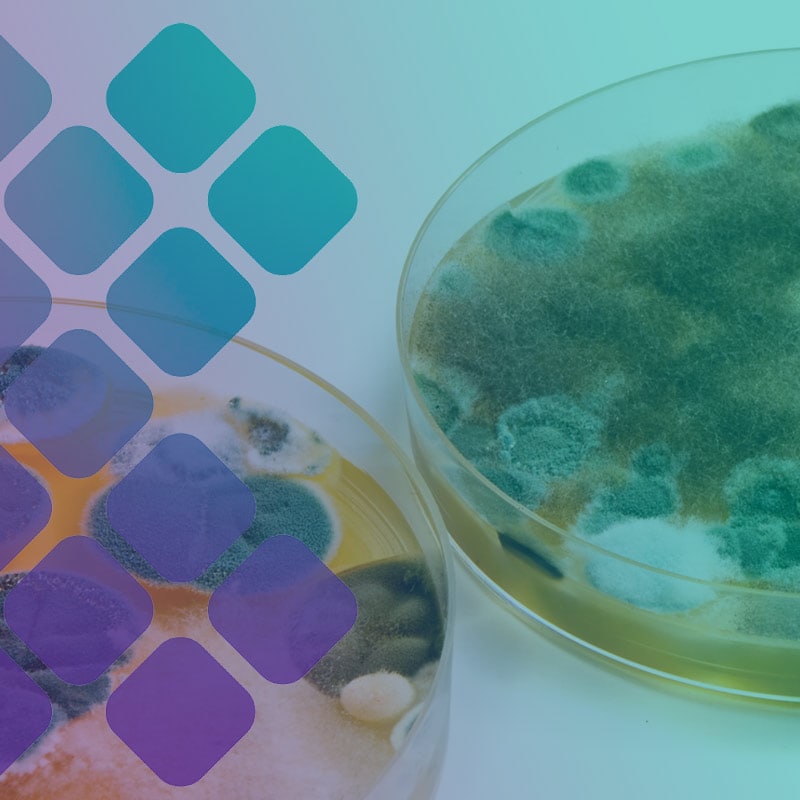Comprehensive Solutions for Your Mycotoxin testing Services Demands
Comprehensive Solutions for Your Mycotoxin testing Services Demands
Blog Article
Ensuring Compliance With Rules: the Role of Mycotoxin Evaluating in Quality Control
Guaranteeing compliance with rigid policies is paramount for preserving food safety, and the duty of mycotoxin testing in top quality control can not be overstated. Mycotoxins, toxic substances produced by specific mold and mildews, present significant wellness dangers, making their discovery important in food production.
Understanding Mycotoxins
Understanding mycotoxins is fundamental to making sure the quality and safety of agricultural products. The most well-known mycotoxins consist of aflatoxins, ochratoxins, trichothecenes, and fumonisins, each linked with certain environmental problems and fungal species.
The existence of mycotoxins in food products can result in severe and chronic health and wellness concerns, including liver damage, immune reductions, and carcinogenic impacts. Consequently, their detection and quantification are vital components of quality assurance in agricultural and food markets. The complexity of mycotoxin contamination demands a diverse approach, using sophisticated logical strategies such as liquid chromatography, mass spectrometry, and enzyme-linked immunosorbent assays (ELISA) By understanding the sources, kinds, and impacts of mycotoxins, stakeholders in the farming industry can better apply preventative actions and minimize dangers, ensuring safer usage for end-users. This understanding forms the bedrock upon which reliable mycotoxin management methods are built.
Regulatory Specifications for Mycotoxins
Having developed a foundational understanding of mycotoxins and their influence on food safety, it is vital to examine the regulative requirements governing their visibility in farming items. Regulatory standards for mycotoxins are crucial since they define acceptable restrictions, making sure food safety and security and shielding public wellness. Various worldwide and national agencies have established these restrictions based upon thorough threat analyses.
The Codex Alimentarius Compensation, a worldwide body established by the FAO and WHO, offers guidelines and optimum permitted levels for various mycotoxins in food and feed. The Codex has actually established restrictions for aflatoxins in peanuts, maize, and dried figs, among various other commodities. These standards are commonly taken on or adapted by private nations to fit their particular demands.
In the European Union, Guideline (EC) No 1881/2006 stipulates maximum levels for a number of mycotoxins, such as aflatoxins, ochratoxin A, and deoxynivalenol, in numerous food. Likewise, the U.S. Food and Drug Administration (FDA) has actually developed action degrees for mycotoxins like aflatoxins in commodities such as nuts and grains.
Adherence to these regulative standards is crucial for keeping market gain access to, customer count on, and public wellness. Non-compliance can lead to substantial economic losses and wellness risks, highlighting the significance of rigorous mycotoxin testing procedures.
Examining Techniques and Technologies

ELISA is extensively valued for its affordable and rapid testing capacities, making it perfect for high-throughput environments. It counts on antibodies to identify specific mycotoxins, providing lead to a fairly brief time structure. Nonetheless, its level of sensitivity might be limited contrasted to more innovative techniques.
HPLC, on the other hand, masters providing quantitative evaluation with high accuracy and precision. It divides intricate mixes right into individual elements, making it very effective for determining and evaluating multiple mycotoxins simultaneously - Mycotoxin testing Services. This method, while extra lengthy and resource-intensive than ELISA, uses a higher level of integrity

LC-MS stands for the peak of logical specificity and level of sensitivity. Integrating the splitting up power of fluid chromatography with the detection abilities of mass spectrometry, LC-MS can identify also trace degrees of mycotoxins. This technique is vital for verifying the existence of mycotoxins in regulatory and forensic contexts, ensuring conformity with rigid security standards.
Executing Testing Methods

Incorporating these sophisticated screening approaches into a detailed quality assurance framework necessitates a well-structured method to carrying out testing protocols. To accomplish this, organizations need to initially perform a comprehensive danger evaluation to determine prospective mycotoxin contamination points within the supply chain. This evaluation notifies the advancement of a tailored testing method that addresses details susceptabilities.
Following, developing standard sampling procedures is important. Constant sampling guarantees that test results are trustworthy and rep of the whole set (Mycotoxin testing Services). Sticking to standards from regulative bodies, such as the FDA or EFSA, assists preserve compliance and enhances the trustworthiness of the testing process
Training personnel is another critical element. Team needs to excel in both example collection and the procedure of screening tools. Regular training sessions and qualification programs can make sure that staff member remain updated with the current strategies and regulative changes.
Advantages of Mycotoxin Checking
Mycotoxin testing supplies many benefits that dramatically improve the safety and top quality of food and feed products. Largely, it acts as a critical control step to stop polluted items from getting to the consumer market, thereby protecting public health and wellness. By identifying and quantifying mycotoxins such as aflatoxins, fumonisins, and ochratoxins, producers can make sure that their items fulfill strict regulatory requirements, therefore staying clear of possible legal effects and associated prices.
Furthermore, mycotoxin testing adds to the economic stability of food and feed industries by decreasing the threat of massive product recalls. The capability to find and separate contaminated batches early in the production procedure reduces waste and my site prevents the financial losses connected with damaged brand reputation. Moreover, it cultivates consumer count on and loyalty, as clients are progressively conscious of food safety and security problems and demand better requirements.
The application of routine mycotoxin screening also advertises finest methods within agricultural and manufacturing industries. By adhering to extensive testing methods, business can enhance their quality assurance processes, boost functional efficiency, and guarantee the check out this site consistent production of safe, high-grade products. Finally, the benefits of mycotoxin screening are multifaceted, adding to public health and wellness, financial stability, and sector honesty.
Verdict
Mycotoxin testing is vital in guaranteeing conformity with governing standards, thereby preserving food safety and high quality control. Hence, mycotoxin testing continues to be an essential part of modern-day food security monitoring systems.
Guaranteeing compliance with rigid policies is critical for maintaining food safety and security, and the function of mycotoxin screening in high quality control can not be overstated.In the world of mycotoxin screening, advanced technologies and approaches are pivotal in ensuring food security visit our website and governing conformity.Mycotoxin screening offers various advantages that dramatically enhance the safety and top quality of food and feed products.Mycotoxin screening is critical in guaranteeing compliance with regulatory requirements, consequently maintaining food security and top quality control. Therefore, mycotoxin testing continues to be an essential part of modern food safety and security management systems.
Report this page